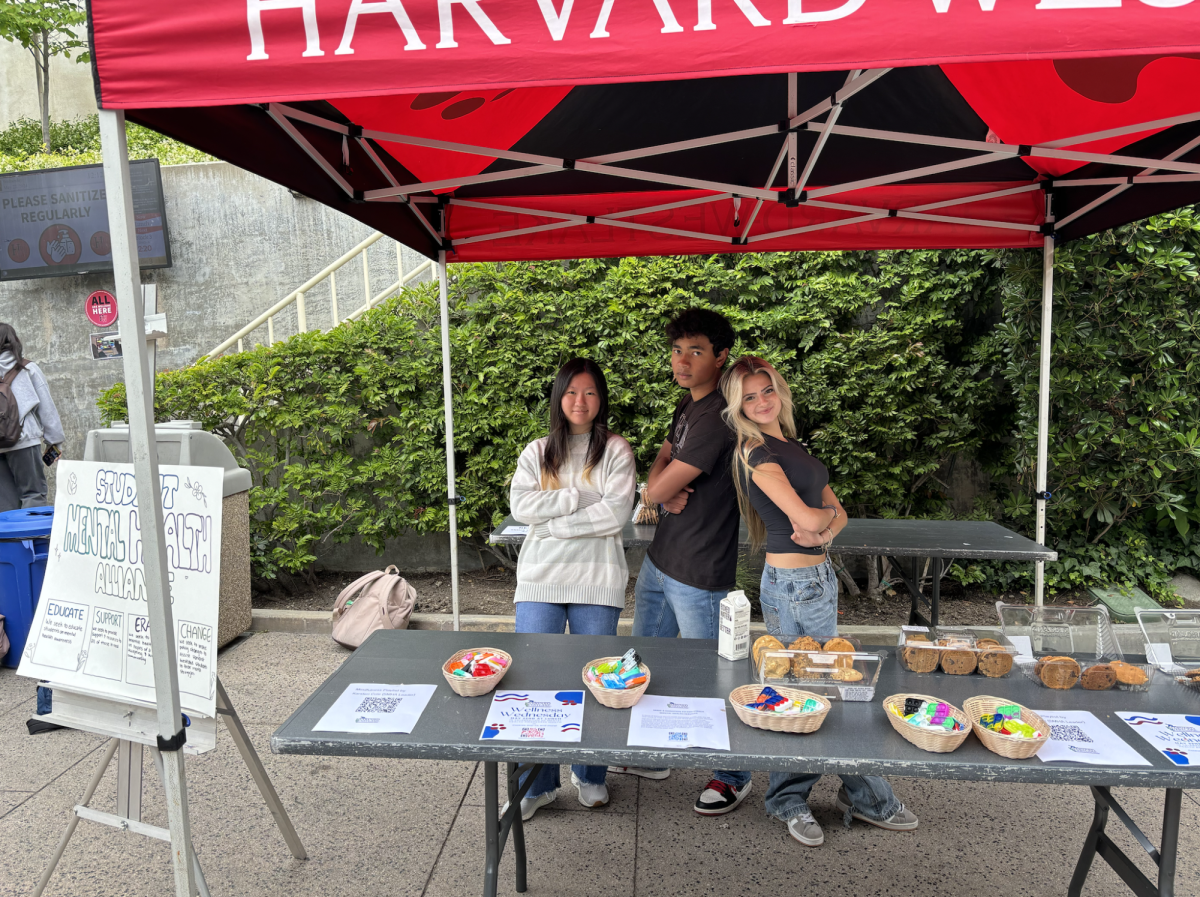Students sign up for AP U.S. Government because they want to learn how America’s democracy works. The class is for those who are interested in the formation of our constitution, separation of powers, civil rights, federalism and the foundation of American government. Juniors taking the U.S. history course are introduced to these topics that they will later cover in depth.
Students in both classes, however, share a common focus: This year’s presidential election. Both classes have been assigned a project in which they track the election through the eyes of a specific swing state such as Florida, Ohio or Michigan.
Although the details of each project differ slightly, both revolve around researching a swing state and making a prediction about whether it will go red or blue on Election Day.
In the AP U.S. Government course, an election project centers on either the presidential, congressional or past elections.
During this year’s 2012 presidential election, students will follow a specific state’s current events relating to the election and formulate a reasoned prediction about whether their state will vote for President Barack Obama or Governor Mitt Romney, turning in a paper in November.
“We want students to look at this election specifically through the eyes of a state because the Electoral College is eventually what determines it,” AP U.S. Government teacher Celia Goedde said.
The Electoral College was actually part of the inspiration for starting the election project in the regular U.S. history classes.
In 2000, when President George Bush won the electoral vote but lost the popular vote to Democrat Al Gore, “we realized that we should do something to illustrate the importance of the electoral vote,” U.S. history teacher Nini Halkett said.
Starting in 2004, U.S. history classes began assigning projects to focus on whichever election was taking place that year.
“We wanted to not only stimulate students’ interest in elections but also familiarize them with issues that have divided Americans in the past and why Americans chose different political parties,” Halkett said.
Students in the U.S. history course are assigned a swing state that they research, follow and make a prediction about, just like in the AP U.S. Government class.
Each week, they turn in links to articles about current events in their state regarding the election along with a couple sentences summarizing the main points of the article.
On Election Day, each student will present their research and explain why they believe their state will vote one way or another.
“I had one student say to me, ‘I don’t know anything about politics!’” Halkett said. “But that’s the point: to learn about politics and encourage you to take an active role in politics and American government.”
“Eventually you guys are all going to be voters, and it’s important to be informed about what each party stands for so that when you go to vote, you know what you’re voting for,” Halkett said.

































